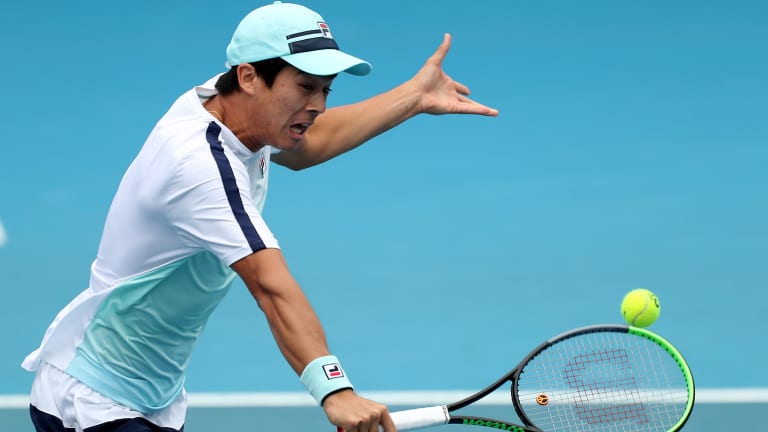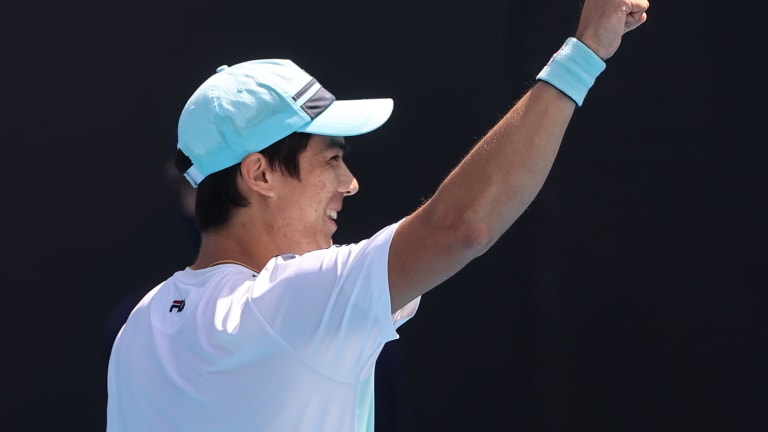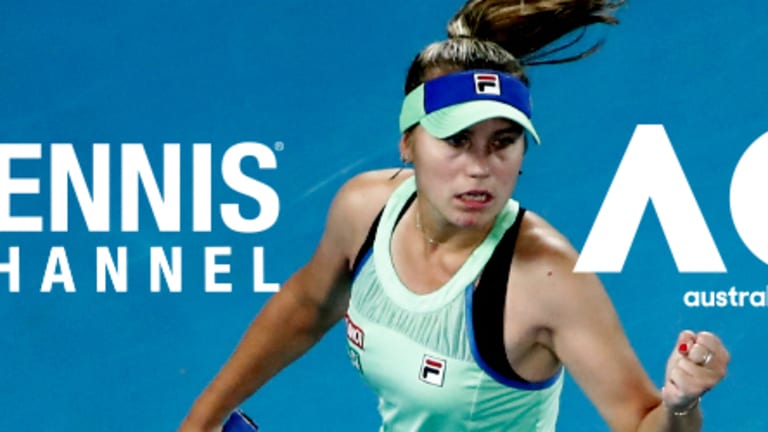Australian Open
The signs were there, at 11. On my match with Mackenzie McDonald
card-sponsor-pre Feb 13, 2021Australian Open
Jannik Sinner does it his way: He chose tennis over skiing and selected his new coaching team
card-sponsor-pre Jan 31, 2024Australian Open
The State of the ATP: What we learned from the 2024 Australian Open
card-sponsor-pre Jan 30, 2024Australian Open
'Grandissimo': Italian Premier Giorgia Meloni welcomes home Australian Open champion Jannik Sinner
card-sponsor-pre Jan 30, 2024Australian Open
The State of the WTA: What we learned from the 2024 Australian Open
card-sponsor-pre Jan 30, 2024Australian Open
The doubles mastery, and radical fun, of Hsieh Su-Wei
card-sponsor-pre Jan 29, 2024Australian Open
Pope Francis congratulates Italy after tennis player Jannik Sinner wins the Australian Open
card-sponsor-pre Jan 29, 2024Australian Open
'I like to dance in the pressure storm,' Jannik Sinner says ... and he did just that in his Australian Open triumph
card-sponsor-pre Jan 28, 2024Australian Open
First of many? Jannik Sinner's five-set comeback sinks Daniil Medvedev in Australian Open final
card-sponsor-pre Jan 28, 2024Australian Open
Soccer-mad Italy is now obsessed with tennis player Jannik Sinner after his Australian Open title
card-sponsor-pre Jan 28, 2024Australian Open
The signs were there, at 11. On my match with Mackenzie McDonald
While the world is now witnessing McDonald’s attributes on one of tennis’ biggest venues, I’ve been fortunate to have experienced his skills first-hand, back to when he was 11 years old.
published_tag Feb 13, 2021
Advertising
Advertising

The signs were there, at 11. On my match with Mackenzie McDonald
© Getty Images
Advertising
Advertising

The signs were there, at 11. On my match with Mackenzie McDonald
© AFP via Getty Images
Advertising

The signs were there, at 11. On my match with Mackenzie McDonald